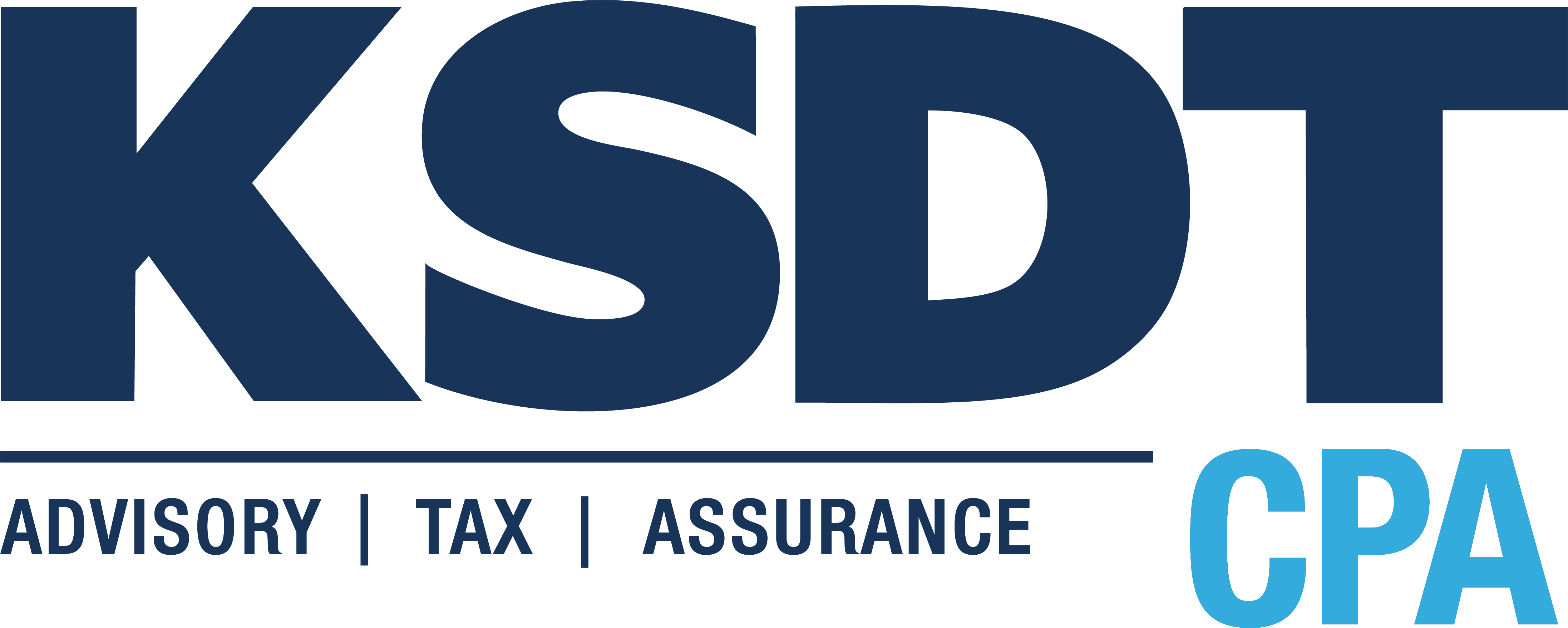 The products and services your business sells make it unique. The same thing is true of how these items are set up in your accounting software. Whether you’re using QuickBooks Online or something else, getting your products and services set up right can impact the quality of the information you can get out of your accounting system. Read more
The products and services your business sells make it unique. The same thing is true of how these items are set up in your accounting software. Whether you’re using QuickBooks Online or something else, getting your products and services set up right can impact the quality of the information you can get out of your accounting system. Read more
Here are the types of items you can set up in most systems.
Inventory item
Inventory items are used in retail and wholesale businesses. They are physical items that the system can keep count of for you. You can purchase or make the items, and the associated cost is usually tracked when a shipping receipt or bill is entered. They are sold when a sale is made and an invoice or sales receipt is entered.
Transactions using inventory items impact a lot of accounts on both the balance sheet (cash, accounts payable, accounts receivable, and inventory) as well as the income statement (cost of goods sold, sales, and returns). The inventory item can be tied to default sales and purchase accounts in most systems.
Non-inventory item
QuickBooks offers a type of item called a non-inventory item. There’s a big difference in that non-inventory items do not have quantities associated with them. They don’t increase or decrease the inventory account. But they are able to be tied to default sales and purchase accounts like inventory items above.
Examples of non-inventory items include items purchased for a specific jobs, such as a contractor purchasing appliances for a custom home, items you sell but do not buy, such as an ebook or other digital product, and items you purchase but do not sell, such as shopping bags.
Service item
A service item is a special type of non-inventory item. There are no quantities, which makes sense because services are not physical items. They also are only connected to a sales account and not a purchase account.
With service items, you could set up service packages or hourly rates.
Bundle
A bundled item is a group of items that were designed to be sold together. For example, if you sell a gift basket of coffee products, you would bundle the items used to create the basket.
Assembly Item
An assembly item is a special type of inventory item where the quantity is tracked, but it differs from an inventory item in that it can’t be sold separately because it is a component and not a whole item. Assembly items are available in larger accounting and inventory apps, such as QuickBooks Enterprise, and are used in conjunction with a Bill of Materials or other build feature.
An example is a set of shelves. The assembly components are the individual shelves and the frame pieces that you may want to keep counts of. An inventory item that contains the shelves, the frames, and other parts is “built” from the assembly items. The nuts and bolts could be non-inventory items or assembly items, depending on whether you want to keep count of them or not.
Sales Tax
Sales tax is a very special type of item used on an invoice or sales receipt to calculate sales tax due on the order. In many accounting systems, it’s usually kept in a separate list from the other product and service items. Rates can be entered for each sales tax jurisdiction.
Other
Some systems have an “other” category to capture items such as freight, shipping, handling, and other add-ons to the sale.
Tracking Profitability
Setting up the right type of products and services is critical to matching costs and revenue. This section of your accounting system is also the one that’s most different from industry to industry and company to company. Be sure you get professional help from experts who know both the software and your industry for best results.




